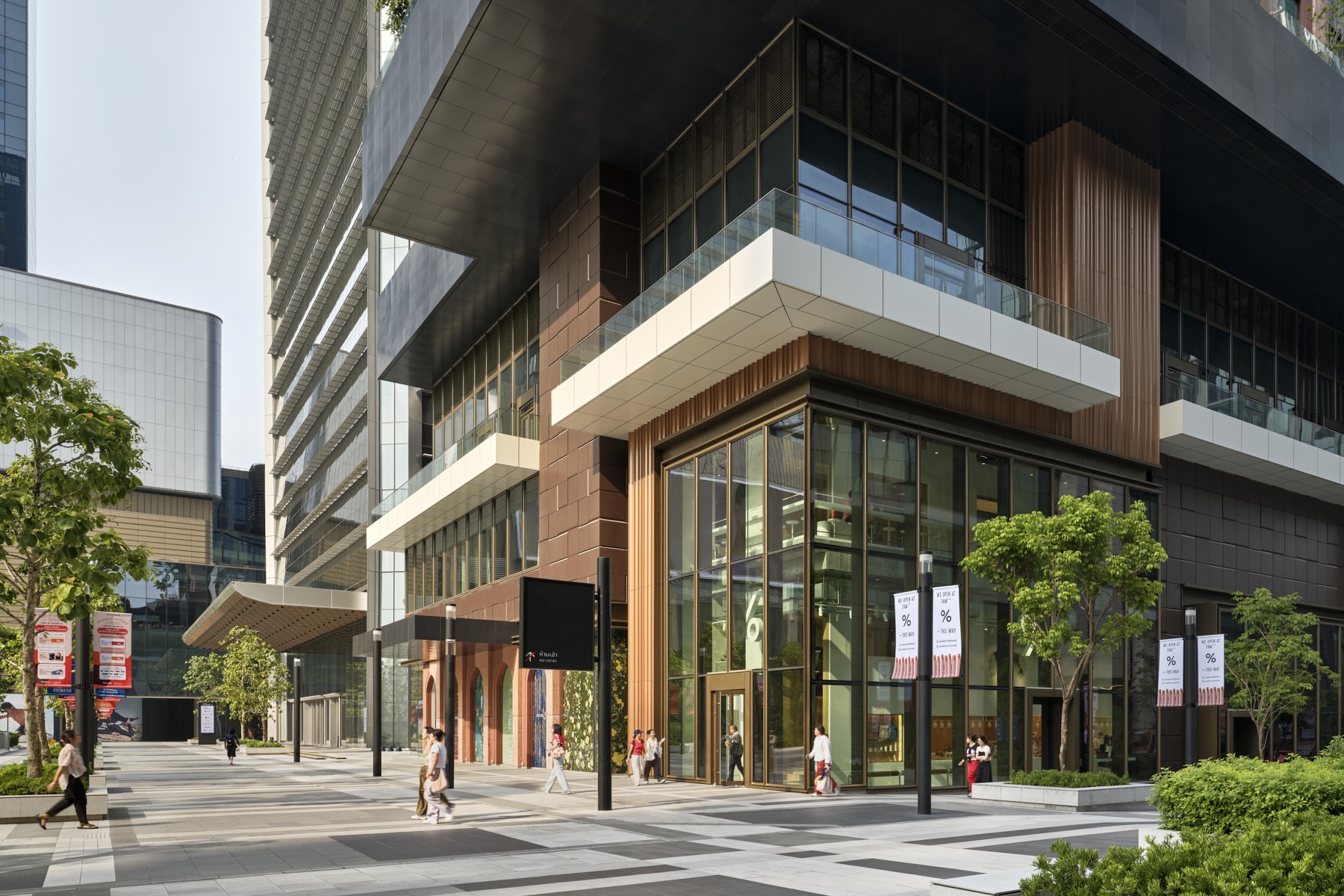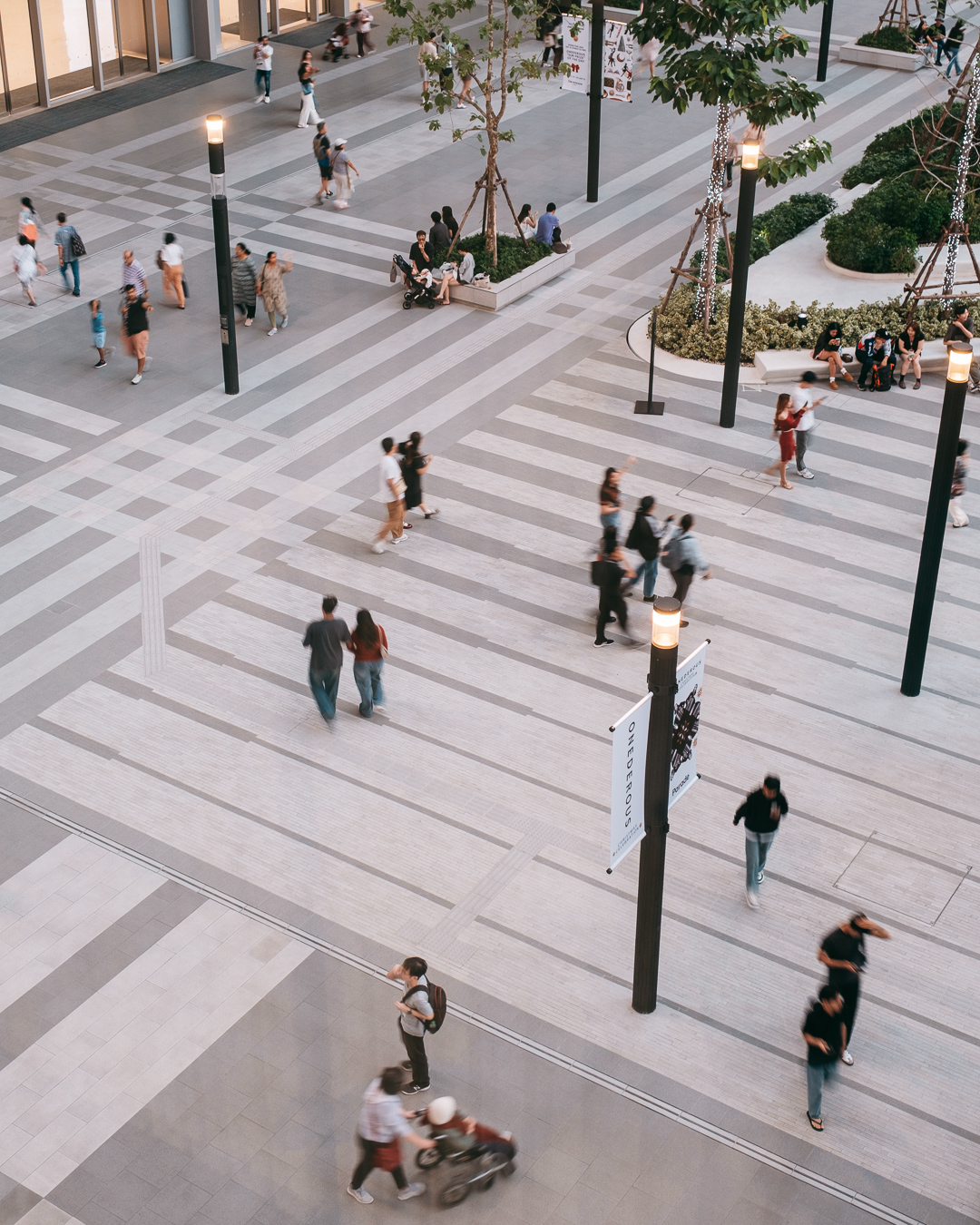Search
Recent Search
Directory Shop

Recent Search
Directory Shop
14 Jul 2025

Imagine a city where everything you need is within a 15-minute walk. No more spending hours commuting, no traffic jams, with the added convenience of comfortable living. This is the definition of the "15-Minute City" concept, which is gaining global attention. This concept arose from the desire of people to easily access everything essential to daily life, through walking, cycling, or public transport, thus reducing travel burdens, improving life quality, and contributing to reduced air pollution.
What is a 15-Minute City and Why the "15-Minute City" Concept is Important for the Future of Cities
In a 15-minute city, people can easily access their workplaces, schools, shops, and recreational spots within just 15 minutes, reducing the need for long commutes. This creates more time in the day for family or meaningful activities.
A city designed for 15-minute commutes reduces dependency on private cars, which helps reduce carbon emissions, reduces air pollution, and improves the overall air quality in the city.
A city that makes it easy for residents to access essentials reduces the stress of commuting, which in turn improves happiness and promotes a balanced lifestyle.
Cities that encourage walking and increase public spaces promote interaction among people, foster community spirit, and help build stronger social connections.
What Makes Up a 15-Minute Smart City?
A city must have appropriate housing for all age groups, with easy access to essential services and amenities.
Offices and workspaces should be distributed across different zones of the city to reduce long travel times, thereby boosting workplace productivity.
Parks and open public spaces provide residents with access to nature, promoting both physical and mental health.
Shops, restaurants, and other services should be located in easily accessible areas, reducing the need for long journeys into the city centre.
Public transport needs to have a network that covers all areas, enabling easy and quick movement for everyone.
Examples of Cities that Have Adopted the 15-Minute Smart City Concept
Paris is a pioneer of the 15-minute city concept. The government has developed an infrastructure to promote walking and cycling, and has added green spaces. Over the last few years, Paris has been continuously improving the city to make this idea a reality. One major change is the expansion of safe cycling lanes, now spanning more than 1,200 kilometres, encouraging residents to use bicycles instead of cars.
Additionally, unused office buildings have been converted into mixed-use spaces, such as housing, shops, and kindergartens, reducing the need for long commutes. Many schools also have playgrounds that are open to the public on weekends, allowing easier access to green spaces for the community.
The 15-minute city concept in Paris has helped reduce car usage, lower air pollution, and improve residents' quality of life through infrastructure that allows easy access to all essentials in a sustainable way.
Melbourne has adapted its urban development plans to ensure each district is fully equipped, so everything people wish to access is within a short distance. The Victoria state government has introduced "Plan Melbourne 2017-2050", a long-term strategy aimed at developing infrastructure to support the 15-minute city concept. This plan will allow residents to access workplaces, shops, schools, hospitals, and public spaces within a 15-minute walk or bike ride.
This development includes designing communities where people can live, work, and enjoy leisure all within the same area. By increasing pedestrian infrastructure, expanding public transport networks, and creating more green spaces, Melbourne aims to become a vibrant and sustainable city by 2050, aligning with the goal of enhancing quality of life whilst reducing commuting burdens.

One Bangkok: A 15-Minute City in Action in Thailand
One Bangkok is a project that perfectly exemplifies the 15-minute smart city concept, focusing on creating a balanced life where living, working, and leisure are all within one space.
All the Elements of a 15-Minute City
Effortless Connectivity
Designed for a Better Quality of Life
The 15-minute city concept provides an efficient solution for managing urban energy, reducing pollution, and improving quality of life. Smart City One Bangkok is an example of how this concept can become a reality in Thailand, acting as a model for smart, sustainable city development.
One Bangkok – A Real 15-Minute City for a Better Future
Tag
SHARE